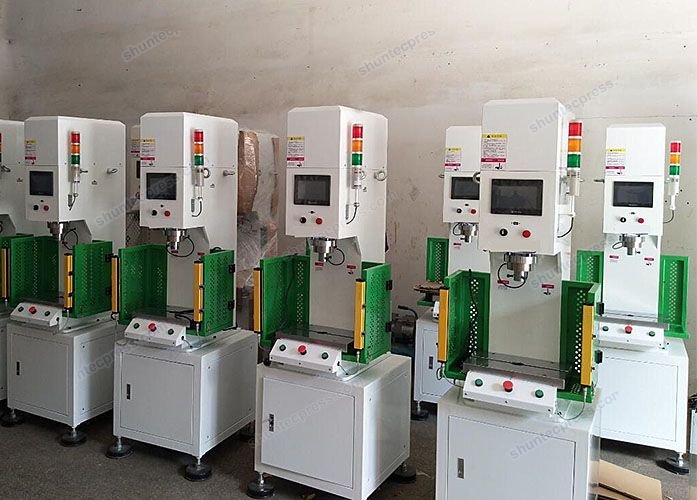


For some manufacturers, how to choose a servo press has become an issue of great concern. As long as you fully understand the process requirements of the products you make and know the fixing method and the size of the mold, it is not difficult to choose the appropriate servo press. In fact, when choosing a servo press, we basically need to consider tonnage, table size, stroke, opening daylight, etc.
(1) Pressure: the required pressure of the selected press-fitting product should be 10%-90% of the range of the servo press machine;
(2) Opening daylight: it is the distance between the worktable and dies head/die platen. Usually, when we could have the data of your shut height requirement, we could judge if the daylight and stroke of the designed servo press are suitable for your application.
(3) Press-fitting stroke: it refers to the distance that the die head/die platen moves from the top limited position to the bottom position. Please note that the servo press can perform full-scale press-fitting in the whole stroke, and there is no idle stroke without force, in order to improve the work efficiency, we don’t need to over-enlarge the stroke;
(4) The effective worktable: the size should be enough for convenient mold installation and workpieces loading and unloading.
(5) Mold installation mode: the mold is usually fixed at the upper and lower ends (usually the upper end uses the die head/die platen, and the lower table surface is machined with T-slot mode installation).
Accuracy refers to the measurement of precision with which the pressure and position reach the specified point. It is related to the resolution of the drive, the resolution of the pressure transmitter, the accuracy of the servo motor, and the response speed of the reaction device. By virtue of the mature complete set of servo motors and integrated drive-control, the servo press is getting a higher and higher repeated accuracy and is applied in more and more fields.

